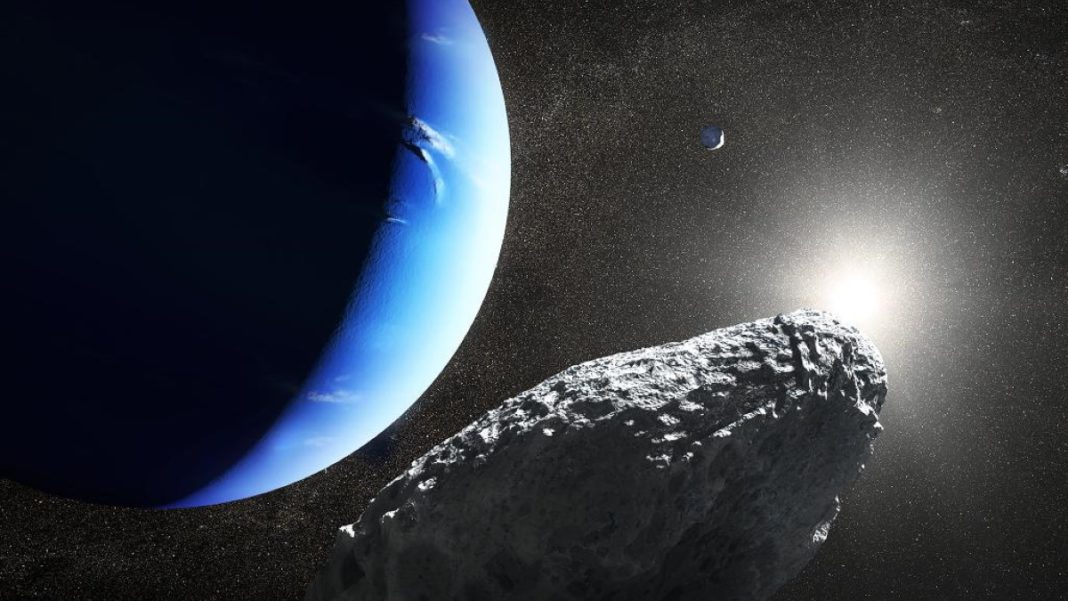UNITED STATES: In a surprising revelation, astronomers announced today that Neptune, one of our solar system’s ice giants, has undergone a puzzling transformation: its once prominent clouds have seemingly vanished.
This unexpected update comes from an in-depth study of images captured between 1994 and 2022, which unveiled a perplexing pattern emerging in 2019: cloud coverage in Neptune’s mid-latitudes began to dwindle and eventually disappeared entirely.
Lead researcher Imke de Pater, an emeritus professor of astronomy at the University of California, Berkeley, expressed astonishment at the rapidity of this phenomenon: “We essentially saw cloud activity drop within a few months.”
Further investigation into this occurrence by de Pater and her team uncovered a captivating explanation. It appears that Neptune’s clouds are intricately connected to the sun’s 11-year activity cycle. The solar cycle pertains to the alteration of the sun’s magnetic fields over this period.
While the sun might appear as a searing ball of fire, it’s fundamentally a colossal sphere of charged particles, or plasma, which flows and reshapes itself due to its magnetic fields.
These fields grow increasingly tense until they eventually flip every 11 years, causing the sun’s north and south poles to trade places. This magnetic transition leads to various solar events, including powerful flares and eruptions of radiation.
The researchers propose that Neptune’s cloud activity is influenced by the sun’s ultraviolet (UV) radiation, which intensifies during its peak activity.
Despite Neptune’s distance of 2.8 billion miles from the sun, this radiation floods the solar system, potentially triggering a photochemical reaction in the planet’s atmosphere that generates its cloudy shroud.
Through a comprehensive analysis of three decades of observations, the team correlated Neptune’s cloud presence with the sun’s activity cycle. Around two years after the solar peak, cloud coverage on Neptune became prominent.
This new understanding sheds light on the mystery of Neptune’s ever-changing appearance, with its methane-rich atmosphere contributing to its distinctive blue hue.
Erandi Chavez, a study lead and graduate student at the Center for Astrophysics, Harvard-Smithsonian, expressed her surprise at the dramatic and prolonged disappearance of Neptune’s clouds.
The team remains committed to monitoring Neptune’s cloud activity and observing potential resurgences in the wake of heightened solar UV radiation.
The findings underscore the significance of long-term observatories like the Keck and Hubble telescopes, which allow researchers to study distant worlds in unprecedented detail.
Carlos Alvarez, an astronomer at Keck Observatory, remarked, “It’s fascinating to be able to use telescopes on Earth to study the climate of a world more than 2.5 billion miles away from us.”
As the mystery surrounding Neptune’s enigmatic clouds continues to unfold, the cosmic dance between the sun’s magnetic fluctuations and distant planetary phenomena promises to captivate astronomers and space enthusiasts alike.
Also Read: NASA’s Parker Solar Probe Achieves Record-Breaking Speed on Route to Venus Flyby



